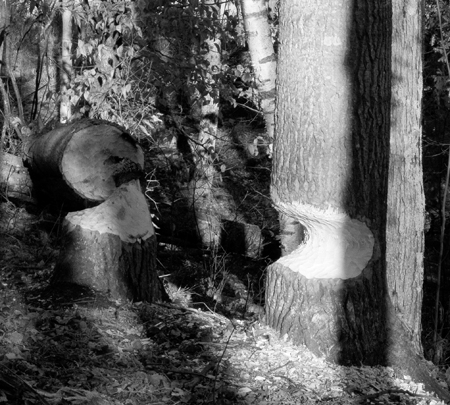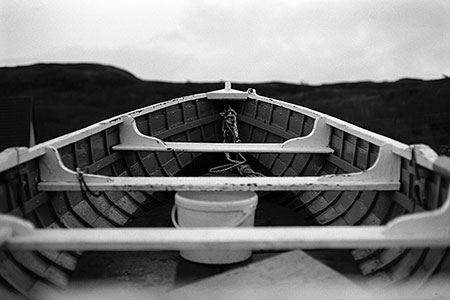I am travelling in New England engaged in my two great passions, dance and photography. I have announced to the dance world that I am preparing a book of my contra dance photography. Nothing like going public with an idea to force one to actually proceed with it.
Here is one of the conundrums with which I am faced, and it goes to the heart of photography as both a descriptive and an abstracting medium. At dinner last night, David Millstone challenged me about what I wanted this book project to represent. Is it about the contra dance world, or is it about photography of contra dance? Is it a narrative description of a subculture I happen to belong to, or is it a series of solutions to finding resolved images in a complex, dynamic environment?
Mostly I come to dance, because it feeds my soul and my bliss. Because dancing is so close to my heart, it is a natural subject to turn my photographic attention toward. I know the feeling of dance, and the creative challenge is to make work that also has that feeling present. But I’m also responding to light and shadow, movement and expresion, all those things that can make an interesting photograph. I stand back, and I want to work with what I’m seeing.
This challenge speaks to one of the great paradoxes of photography as a creative, interactive process. Our source material is the external world. We take a picture, which has a complex cascade of metaphoric and literal meanings and implications. Take it where? Take it from what, or whom? It implies a duality, there’s the photographer, then there’s the thing that the photograph is taken of, or from, if you wish to include the soul-snatching metaphor. Relationally, it brings forth the conflict of choosing between being a witness or a participant.
To master the photographic process requires a fluency in the sequence of chemical, or now, electronic processes that create an object with its own presence and reality. The photograph resembles something that we understand as a document of a given moment and place, but it is nonetheless a highly abstracted artifact of a lot of technology. My jollies come from being able to see from one end to the other of that tunnel of process at the very moment I am engaged in the intitial framing and exposure. And I choose to play with that process in a really complicated environment, a contra dance floor.
My resolution to the duality conflict—am I a participant or a witness?—is to not resolve it. I flit back and forth. When I want a break from dancing, I take pictures. If it’s a dance where I think bodily harm can be avoided, I’ll dance with the camera. I want those stances to be as close to each other as I can manage. I want both aspects to be present in the work.
I expect much of my job for the next few months will be figuring out just what form this project is going to take.




